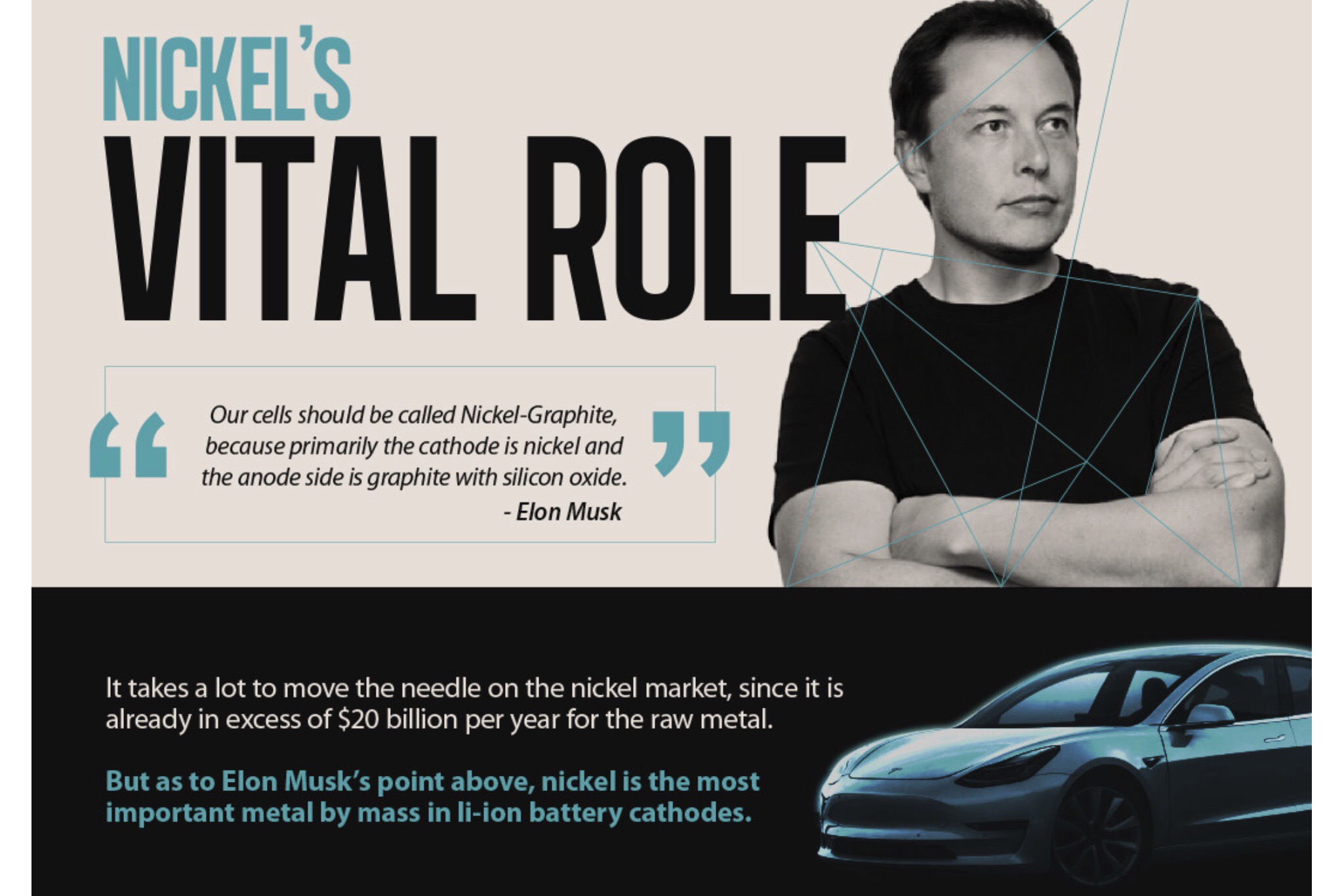In his latest installment of “Critical Minerals Alaska” – a feature series for North of 60 Mining News that “investigates Alaska’s potential as a domestic source of minerals deemed critical to the United States,” Shane Lasley takes a closer look at Cobalt, one of the key metals underpinning the current EV technology revolution.
Once an obscure metal you rarely heard about, this co-product of Nickel and Copper has recently been afforded “critical mineral status” – primarily because of its application in Lithium-ion battery technology. Meanwhile, U.S. import reliance for Cobalt is pegged at 72 percent, with recycling providing most of the balance. This may change soon. Writes Lasley:
“With at least one advanced stage exploration project in Alaska looking into the potential of producing cobalt alongside its copper, America’s 49th State could provide a domestic source for this critical metal.”
In light of recent price surges for Cobalt, battery makers, among them Tesla, are looking to develop technologies that require less of the material. However, as Lasley points out:
“Researchers and analysts do not see a scenario where the reduction of cobalt per battery can come close to offsetting the growing number of batteries that will be needed in the coming three decades.”
Simon Moores, managing director at Benchmark Mineral Intelligence and member of the ARPN panel of experts agrees, and in a recent tweet challenged Elon Musk to clarify what he meant when tweeting out his assumption that Tesla would reduce cobalt use to zero in their batteries in “next gen.” Moores believes it is “highly unlikely Tesla will be able to eliminate Cobalt from its supply chain entirely” and pegs the probability of such a scenario at one percent.
With demand on the rise, complex supply chain complications have companies turn to the United States as a potential source of supply.
As Lasley explains:
“One of the difficulties is cobalt is seldom mined as a standalone metal. Instead, this increasingly needed battery metal is typically produced as a byproduct at copper and nickel mines. This means that any future cobalt mines would likely need to consider the economics of the moneymaking metal in the deposit.
“This situation limits producers’ flexibility in adjusting the amount of cobalt mined in response to changes in demand and can result in periods of oversupply or shortage,” according to the USGS.
While at lower prices, the cost to recover cobalt from copper or nickel mines may not have been economically viable, the demand electric vehicles are putting on this metal has companies taking a closer look at the feasibility of recovering cobalt exploring and developing copper deposits in the United States.”
Further complicating the situation is Cobalt’s conflict mineral status, which has led to pressures on automakers to source the material outside the Democratic Republic of the Congo (DRC), from which a majority of Cobalt is currently sourced. This, as Lasley points out, “could add to the catalysts to establish domestic sources of this critical metal.”
To read the full piece, in which Lasley provides more detail on the feasible Cobalt development projects in Alaska, click here.





